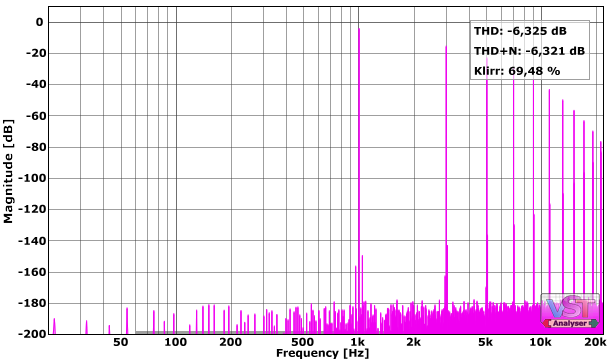So what does a manufacturer like RME, they use a very cheap filter to sample at a very high rate, talking about MHz here, to avoid aliasing. Then after that they use a digital filter (which is very cheap to implement), which can have much steeper slopes than cheap analog filters, to prevent aliasing when downsampling to say 44100 Hz or 96000 Hz.
That is the aliasing for A -> D -> D. But what about the aliasing of the oscillators in subtractive soft synths everybody is talking about?



